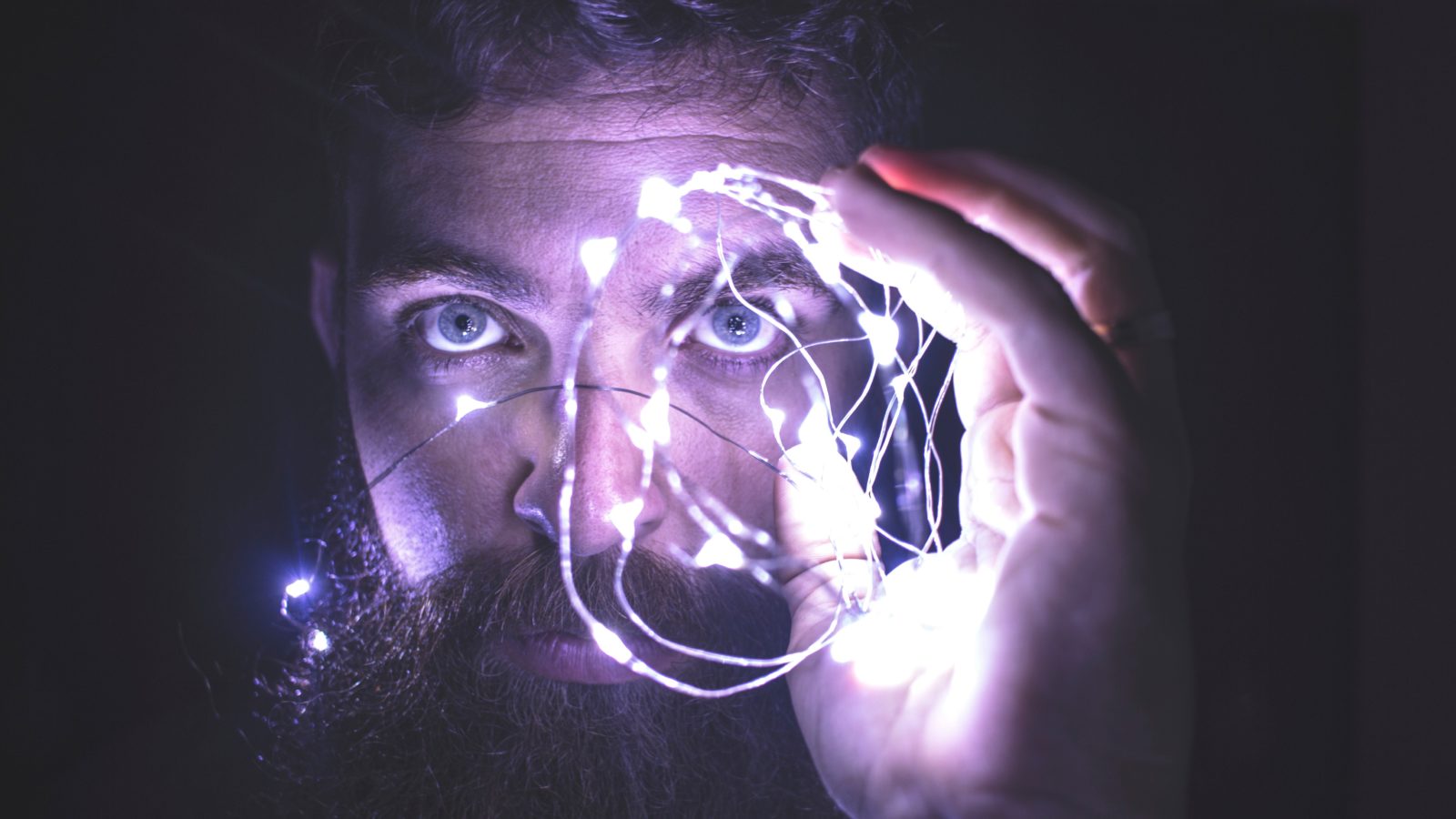What are the odds that this December, most of us are looking to change some aspect of our lives? The end of the year presents a great time to not only soak in the festive spirit, but also to mentally take stock and start prepping ourselves to be better versions of ourselves in the new year.
We know that to leave familiar habits or to create even small changes to our routine, and to waltz towards a new set of habits is like a salmon swimming upstream. Broad, lofty goals like “lose weight” “be more productive” etc. are a lot more achievable if we break them into smaller micro habits that tie in with the big goal. In order to do that we need to take time out and shift our awareness to the micro habits that we undertake all throughout the day consciously or subconsciously. Research says that nearly 40-45% of the decisions we make daily aren’t really decisions at all; they are a function of our habits.
How to build better habits
A great starting point to build “habit awareness” is to pen down your habits and document them for a week. For example, the thoughts we wake up with each day, the morning routine we so automatically follow, and that cup of coffee/tea we shoot down first thing in the morning without questioning ourselves if we even need it or not. Journal these habits that shape you in excruciating detail, for therein lies the dopamine-releasing reward that we are chasing each time.
Once you have listed down a set of habits that make up the bulk of your day, bucket them into “do more of” (or “yay”) habits and “do less of” (or “nay”) habits. When we identify this list for ourselves, we start thinking of our day in this smaller micro-habit format. Each time you practice a positive habit, you are all the more aware of it and the positive self talk internally that creates a stronger sense of well-being and self-control, reinforcing the habit all the more.
Habits constitute 3 components; a trigger/cue, the action and the reward. Each time a habit is performed in the same or similar sequence, a network of neurons starts get connected in the brain. To begin with, these networks are very loosely connected, and that is when we experience our habit creation process still in a struggle phase, or still needing enough effort to undertake. As we keep repeating the new habit that we have created over the weeks, these neural connections internally build stronger links, and eventually develop a layer of fat around them known as myelin. Our brain is a very efficient organ and looks to develop efficiency and reduce energy consumption for routine tasks. Hence over time, once the habit is formed (i.e, as the neuron connection gets stronger) the moment a cue is seen, we get straight to the habit, and seek the reward, often without even batting an eyelid.
In a nutshell: neurons that fire together, wire together.
For example, when we are served a cup of coffee with a cookie alongside, we reach out for a bite of that cookie. Keeping away from that cookie requires us to rewire our reward-seeking habit. Our internal dialogue and mindfulness around eating the cookie is often enough to kick that cookie habit, and the reward would then shift to the hot cup of coffee, with a conversation perhaps.
Being mindful
Mindfulness is a particularly helpful tool when it comes to fine-tuning our habits. Getting curious about the momentary experience often changes our internal dialogue and mindset, breaking the habit loop.
Take for example the habit of smoking or stress eating. While we all cognitively know that smoking is injurious to health, our brain does not differentiate between good habits and bad. Smokers wanting to quit smoking were asked to get curious what it was like to smoke, how it felt while smoking and being mindful smokers. Some of the comments received were “Mindful smoking smells like stinky cheese and tastes like chemicals…yuck!” This realisation often leads to smokers being disenchanted at a visceral level, and naturally letting go.
The reward smokers often seek is that immediate sense of relaxation that reduces stress and anxiety. If we are able to rewire our response to a cue, we may still experience the same dopamine releasing reward. For example, the minute a stress trigger is experienced by the smoker, chances are that they take to the cigarettes, out of habit. Using mindfulness and awareness, we may be able to change behaviours in response to the same cue—from smoking to perhaps taking a walk outside or chatting with a colleague—and still experience a similar dopamine release reward and sense of connect and relaxation. So get curious about your habits and identify the reward attached to each of the habits. Cultivate habits that get you closer to your goal.
Our brain is constantly finding ways to control the environment around us. If we want to motivate change, we might want to think about how we do it, as fear induces inaction, which is why warnings often fall on deaf ears, while the thrill of gain induces action. Giving people a sense of control is a great motivator.
“We are what we repeatedly do. Excellence then is not an act but a habit”.
Want to share your story of how you thrive? Write to us at [email protected]


